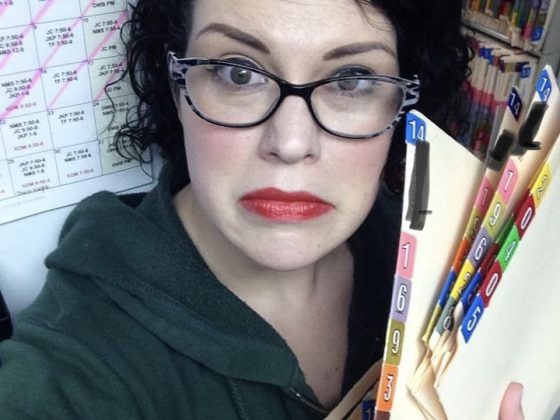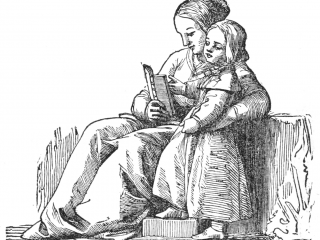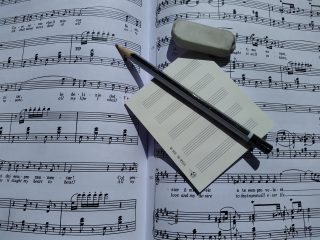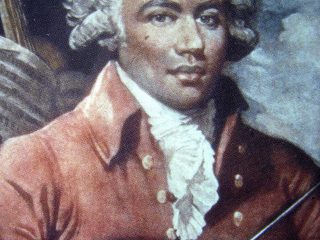Everyone loves a juicy period drama, with the gorgeous costumes, beautiful settings, and the stories of love prevailing over the tight social codes. We love to see the raw human emotions of someone who has the additional struggle of being burdened with the responsibility of a royal throne. If these stories are old enough, they begin to take on elements of fantasy and romance, and can be almost divorced entirely from the truth.
Romantic Tudors
Donizetti’s Tudor Queens Trilogy is a shining example of this type of period drama in opera. Written in the 1830s, Donizetti, and his librettists Romani, Cammerano, and Bardari, were looking back at the history of the English throne nearly three centuries earlier, and asking ‘What if?’. What if Henry VIII had set up his wife, Anne Boleyn, so that he could accuse her of betrayal and have her executed? What if there had been a face-to-face confrontation between Queen Elizabeth I and her rival for the throne, Mary Stuart, the Queen of Scots? What if the famous ‘Virgin Queen’ remained unmarried because her lovers continually betrayed her for other women? What if someone had to deal with the pressures and duties of the throne, whilst also dealing with heartbreak and grief?

Romani, Cammerano, and Bardari, drawing on earlier myths and plays as much as they did history, did not concern themselves with historical accuracy. Instead, they privileged romance, conflict, and drama, over strict adherence to the facts, and created beautiful stories of love and intrigue, which they knew their audiences would fall for. Each opera has a central romantic conflict, with two women fighting against the duties of their position, or against the social machinations and manipulations of other men.
The Other Women
In Anna Bolena, Enrico VIII has fallen in love with Giovanna Seymour, and plots to remove his current wife from the throne. Meanwhile, his wife remains dutiful to her husband despite still being in love with Lord Percy. When Enrico discovers Anna alone with Percy, he does everything in his power to end their marriage, and ultimately her life, regardless of her innocence.
Set just 30 years later, in Maria Stuarda the throne has now passed to Anna’s daughter, Elisabetta. Her prisoner, Maria Stuarda, is her rival not only for the English throne, but also for the love of Roberto, conte di Leicester. In an entirely fictional confrontation scene, Maria loses her patience and dignity and hurls insults at the Queen Elisabetta, finally calling her ‘vil bastarda’ in reference to the marriage between her mother and Henry VIII, which was considered illegitimate by the Catholic church. Maria is sentenced to death, and Elisabetta is urged to carry out the cruel sentence by her advisors.
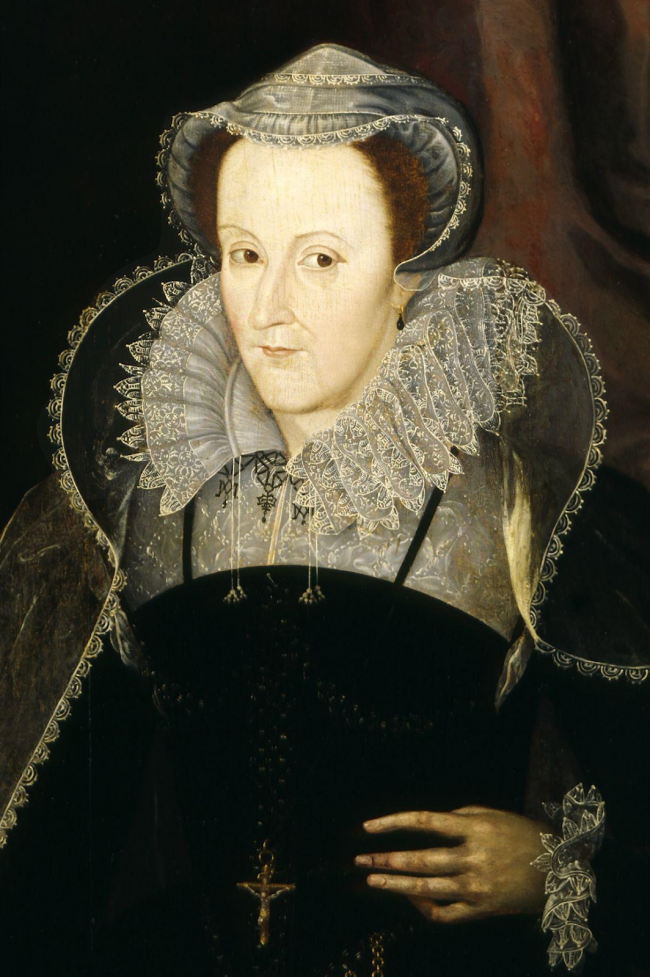
Having lost her beloved Leicester completely, by the time we meet Queen Elisabetta again, another 30 years have passed and she is secretly in love with Roberto Devereux, the Earl of Essex. This time, she has no idea that her rival is her close friend, Sara, the Duchess of Nottingham. Elisabetta gives Essex a ring, which he can use to buy a royal pardon if he should be sentenced to death for his crimes. When the time comes, the ring arrives in the hands of another woman, and delayed by the woman’s jealous husband. It is too late, Essex has been executed, and the heartbreak pushes Elisabetta over the edge.
Although they were originally standalone compositions, the three operas are known today as the Tudor Queens Trilogy, and often performed in sequence, as they were at The Metropolitan Opera in the 2016 season, with Sondra Radvanovsky singing all three queens (Anna, Maria, Elisabetta) in one season. This is no easy feat, as the operas require both the beauty and vocal agility dictated by the bel canto writing, as well as great declamatory power, particularly in Roberto Devereux, which demonstrates the earliest shifts towards the coming era of Italian grand opera. The incredible roles in these operas continue to appeal to many great singers, including Diana Damrau, who released her album Tudor Queens in collaboration with Antonio Pappano in 2020, despite the many setbacks they faced across the year.
Success and Failure
It was actually the first opera in this trilogy, Anna Bolena, was the opera that made Donizetti’s name as one of the great bel canto composers of his day. The response to the first production of Anna Bolena was so favorable, that Donizetti’s work was soon taken across the world, being produced in London and the USA within the next two years. It was not actually Donizetti’s first foray into the Tudor period, which began with Il castello di Kenilworth in 1829. He had also stepped into English settings before as well, with his semi-seria Emilia di Liverpool, as well as the romantic myth Rosamondo d’Inghilterra, the story of which is referenced in the opening scene of Roberto Devereux.
However, the second of the trilogy Maria Stuarda caused considerable controversy at its first production in 1834, due to its central conflict between the catholic Maria and protestant Elisabetta. For the premiere in Milan, the pivotal line in the plot, ‘vil bastarda’, was censored and removed from production, and ultimately the mostly catholic Italian public hated the work. Donizetti tried to revise the material, releasing the story under the name Buondelmonte, but still with little success. The interest in bel canto opera that came about in the mid-20th century, under singers such as Joan Sutherland and Maria Callas brought the beauty of Maria Stuarda to contemporary audiences and solidified it as a work of great bel canto genius. But to this day, that line is still contentious and the translation is often left out of the surtitles, even when it is sung.
Despite the setbacks of Maria Stuarda, by the time of writing Roberto Devereux in 1837, Donizetti had written a further eight operas, including Lucia di Lammermoor. His genius and skill was well established, and he was confident in his abilities and his popularity with the audiences. Not only could he reference his own operas, but he could also demonstrate his compositional talents by creating the Sinfonia (orchestral prelude) to Roberto Devereux on the theme of God Save the Queen, which had been recently adopted as the English National Anthem.

Today, the operas continue to captivate singers, directors, and audiences alike, with their grand settings and intense drama, set in such a fascinating period of history. Whilst the opera houses are still closed, why not settle in for a night of sixteenth-century royalty, romance, and drama by streaming the productions on demand from The Metropolitan Opera, or have them to watch over and over on DVD.
Here are my favorites:
- Anna Bolena with Dame Joan Sutherland, conducted by Richard Bonynge, from the Canadian Opera Company, 1984
- Maria Stuarda with Joyce Didonato and Elza van den Heever, from The Metropolitan Opera, 2013
- Roberto Devereux with Mariella Devia, from the Teatro Carlo Felice, 2016
Think you know everything about these operas? Test your knowledge in our Tudor Queens Trilogy Mega Quiz
Further Reading


